LibreNMS, which is a modern fork of observium.
StarkZarn
- 8 Posts
- 40 Comments

 1·1 month ago
1·1 month agoYes! Qsl cards are very much still alive and well. Some traditions will never die. The special event stations are fun to get cards from.
Super cool anecdote on the telescope thing, I’ve never heard of that.
I hope you get back on the radio, it’s a great hobby. It’s a nice stress relief outlet for me these days too.

 2·1 month ago
2·1 month agoLove to hear things like that! When I first got licensed the solar cycle was utter trash. We’re past the peak now, but band conditions are still pretty good generally. A few watts and a wire will still get you somewhere with CW and some other forward error corrected modes (like FT8). I have a lot of fun with the digital stuff like AREDN, but it’s definitely a different ball game and the old school SSB-based radio still has its place in my heart.

 2·1 month ago
2·1 month agoFalse positive what? I didn’t give any specific examples of alerts, just simply monitoring metrics. Are you referring to the note on the Dnsmasq memory leak?

 6·1 month ago
6·1 month agoFor any hams here, maybe this blog post will be up your alley. 73!
They misspelled “backdoors.”

 1·2 months ago
1·2 months agoThe OIDC settings in the Authelia config reference were the most nebulous to me, but they weren’t entirely stumping. The hard part was interpreting whether my errors stemmed from an issue on the client application side or on the Authelia side.
I would imagine you could likely extend the config snippets from my post to work in your situation with a few tweaks. The big lift, the OIDC provider is covered, so I’d be curious to hear what else you have to tweak!

 6·2 months ago
6·2 months agoHey good for you, that’s awesome! My home network is also dual stacked.
You’re right about the apples to oranges comparison, but it’s not so wildly off, because the commentary is on adoption of new standards, regardless of bolt-on “fixes.” Unauthenticated SNMP went through three revisions prior to adding authentication and encryption support.

 6·2 months ago
6·2 months agoAnd IPv6 was codified in RFCs and first addresses issued in 1999 but look where we are now. I’d bet your corporate network doesn’t use IPv6 still. It’s unfortunate, but sometimes the wheels of change are slow.

 5·2 months ago
5·2 months agoNagios is a premium offering. They have some open source components, but the software model is absolutely not built around the spirit of GPL.
Zabbix is the obvious alternative in my mind, and it is AGPLv3, so absolutely in the same spirit as the LibreNMS license. It’s a slightly different tool though, and less network-specific. Having used both, I prefer LibreNMS for specifically network monitoring, it’s laid out to cater more to an ISP-type entity running it, and I like that. Zabbix still gets my wholehearted stamp of approval though.

 5·2 months ago
5·2 months agoUpdated the post to reflect your feedback here. Thank you!

 7·2 months ago
7·2 months agoYou are absolutely correct, thank you. Sadly a bunch of devices still don’t support it, even in 2025 (like my microtik switch) for example. I will absolutely add a note about that though, thank you!

 3·2 months ago
3·2 months agoI absolutely have and used it for a while before landing on opensuse microos primarily. I absolutely see the benefit and enjoyed the git-centric nature, keeping flakes in repos with a flavor for each machine. What I didn’t enjoy, however, was the seemingly poor documentation. Quite frankly too, the drama surrounding the community doesn’t inspire confidence either. I decided I ought to try out guix but haven’t gotten to it yet. I do actually still have one nixos VM that hosts some services for me and is built entirely on the concept of the impermanence flake. That was pretty cool.

 2·2 months ago
2·2 months agoExcellent! Let me know if there are specific things you’d like to hear about.

 2·2 months ago
2·2 months agoAbsolutely! I’d happily take any comments you have from running it in an enterprise setting, if you care to share.

 3·2 months ago
3·2 months agoThat’s not how that works.
network_mode: hostshares the network namespace with the container host, so it doesn’t do any NAT, it only exists on the host’s IP. It would be akin to running a natively installed app, rather than in a container.macvlannetworking is what gives a container its own IP on the logical network, without the layer of NAT that the defaultbridgemode networking that docker typically does.

 2·3 months ago
2·3 months agoI would love to if I had them! Haha. I’m working on the dashboard right now, which will be part two.
I don’t have a great answer on the IOPS requirement, but I imagine it’s less than something based on elasticsearch/open search based on the reindexing. I’ll try and benchmark it if possible.

 1·3 months ago
1·3 months agoGreat question, I’ve asked myself the same thing.
First, in my opinion they serve to achieve different things. While openwrt is a firewall, it’d a simple zone based firewall and it designed primarily as router firmware, not firewall software.
Opnsense is BSD based, openwrt is Linux based. Those both haves pros and cons. BSD has serious pedigree in the networking world. Juniper switches are still based on BSD even. Openwrt gets the Linux traffic shaping goodies like cake though.
I chose openwrt because it’s more suited to my environment, where I have 10 VLANs, a 10G fiber core, and want IDS/IPS. Openwrt is meant to be lighter weight, but is less feature-full.

 4·3 months ago
4·3 months agoIsn’t it the best? Somehow all the big log and aggregation stacks are java… Elk, graylog, wazuh…
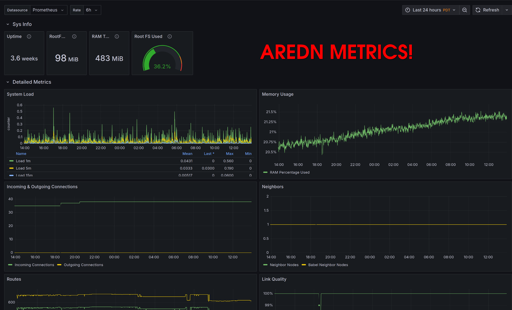
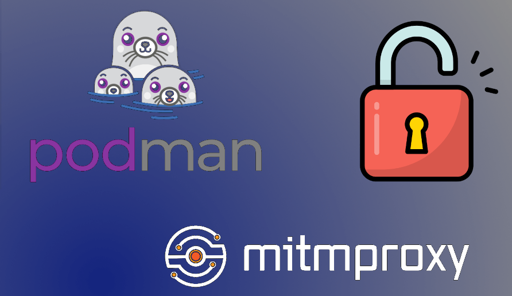
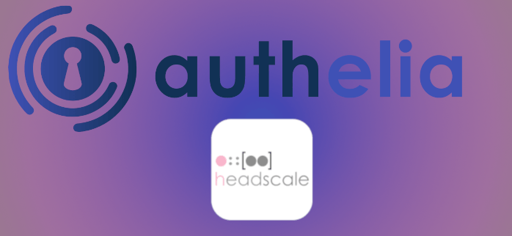
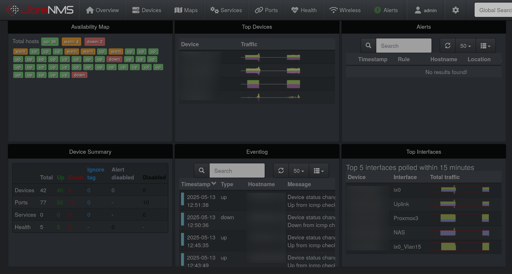

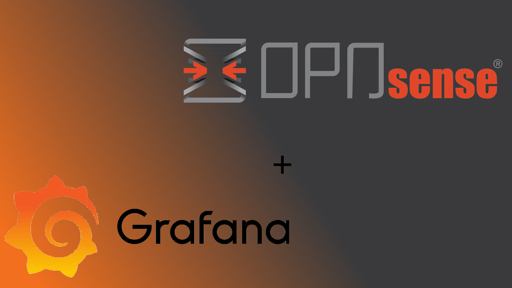

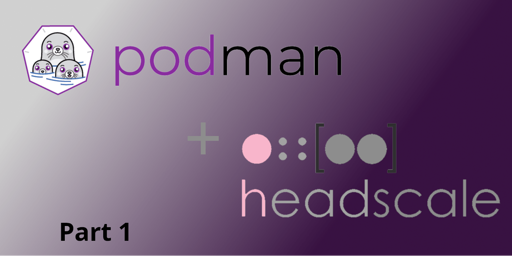
Love me some graylog